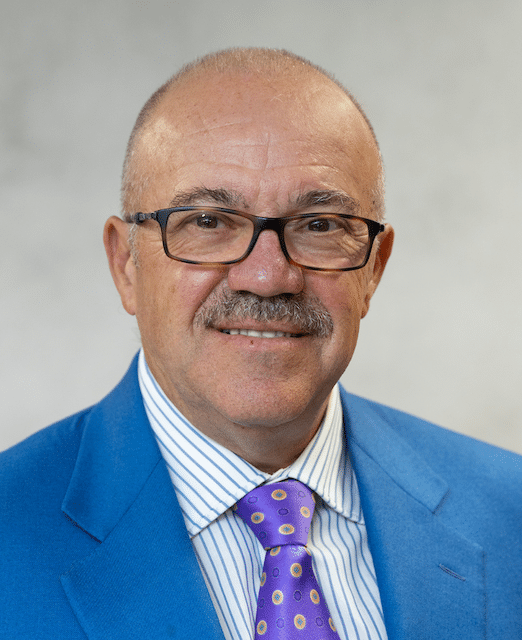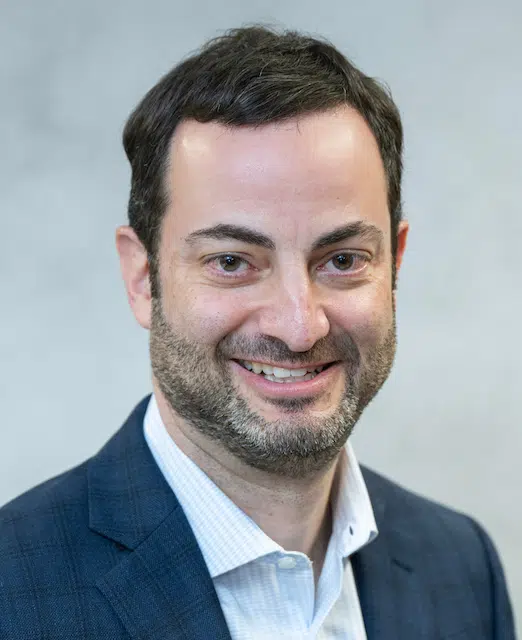What is Percutaneous Endoscopic Gastrostomy (PEG)?
PEG stands for percutaneous endoscopic gastrostomy, a procedure through which a flexible feeding tube is placed through the abdominal wall and into the stomach. This process allows for feeding directly into the stomach, with nutrition, fluids, and/or medications bypassing the mouth and esophagus. We perform PEG placements for patients at in NJ, taking the proper steps for each patient’s health depending on their unique needs and situation. Learn more below about how PEG placement is performed, how it can help you, and what side effects you might experience. When you meet with a member of our team, we will ensure that all of your remaining questions are answered and that you fully understand the procedure and what it entails, along with any lifestyle changes you may have to make moving forward.
What is the Purpose of Percutaneous Endoscopic Gastrostomy (PEG)?
The placement of a PEG tube allows a person to receive nutrition directly to their stomach, rather than by mouth. Several medical issues can make it difficult to swallow or for your body to properly process nutrients. In these cases, delivering food and liquids directly to the stomach allows the person to continue receiving all the nutrients and nourishment they need to stay healthy.
Who Can Benefit from PEG Tube Placement in NJ?
Patients who have difficulty swallowing, problems with their appetite, or an inability to take enough nutrition through the mouth can benefit from this procedure. This can include patients with a brain injury, head and neck cancer, chronic appetite loss, or cystic fibrosis, along with patients who have recently had a stroke or who receive dialysis for kidney failure. If you have swallowing difficulties or difficulty processing nutrients, your physician will determine if PEG tube placement is the right next step for you.
How Should I Prepare for PEG Placement in New Jersey?
Before your PEG placement procedure, your gastroenterologist will make sure that all of your questions are answered and your concerns are addressed. You should make sure your physician is aware of any medications you are taking, along with medication allergies or heart conditions that may be present. They will let you know if any diet or medication restrictions are necessary before your PEG placement. You cannot have anything to eat or drink several hours before your appointment since you will be sedated during the procedure. This also means that you will need to arrange for a responsible adult (age 18 or older) to drive you home.
What Can I Expect During PEG Placement in NJ?
PEG tubes are usually placed using endoscopic surgery. A lighted flexible tube called an endoscope will be used by your doctor and usually with the assistance of a surgeon a small opening through the skin of the abdomen, which leads directly into the stomach. Through this process, they will be able to place and secure a feeding tube into the stomach. You will receive intravenous anesthesia for the procedure, along with a local anesthetic in some cases. You will also receive an antibiotic by vein to prevent infection. The entire process takes around 20 to 30 minutes, and most patients are able to go home the same day as the procedure or the next day.
What are the Possible Risks and Complications Associated with PEG Placement?
At DHC, your physician will inform you about possible complications during and after PEG placement and how to care for your PEG tube moving forward. They will also make sure you are aware of any symptoms that could indicate that a complication is present following your PEG tube placement. Possible complications of PEG placement include:
- Pain at the PEG site
- Leakage of stomach contents around the tube site
- Dislodgement or malfunction of the tube
- Infection of the PEG site
- Aspiration (inhalation of gastric contents into the lungs)
- Bleeding
- Perforation (an unwanted hole in the bowel wall)
Frequently Asked Questions About PEG Tube Placement
After your PEG placement, you may have several questions about how your lifestyle habits may need to change or how to care for the PEG tube moving forward. Our team members at DHC are highly experienced in performing this procedure and guiding patients towards the right steps afterward. We would be happy to answer any questions you have.
How Should I Care for the PEG Tube?
Keeping your PEG tube clean is key to avoiding complications and staying healthy. Following the procedure, a dressing will be placed on the PEG site, which should remain in place for one to two days. No special dressing or covering is needed for your PEG tube moving forward, but you should clean the site once a day with diluted soap and water. Be sure to keep the site dry between cleansings.
How Are Feedings Given? Can I Still Eat and Drink?
The placement of a PEG tube allows for the delivery of specialized liquid nutrition into the stomach. There are several nutrient delivery methods, and your physician will explain the process to you based on your situation. Your doctor will also demonstrate how feeding works and provide any additional resources you may need. A PEG tube does not prevent a patient from eating or drinking, but you and your doctor might decide to limit your eating or drinking depending on any associated medical conditions.
How Long Do These Tubes Last? How Are They Removed?
PEG tubes are designed to last for months or years, but they can be subject to certain issues over time. PEG tubes can break down or become clogged over extended periods, and they may need to be replaced. Sedatives and anesthesia are not usually required for the removal or replacement of a PEG tube, but your doctor will decide if those methods are right for you. In some cases, the tube can be removed using firm traction. Then, a new tube can be inserted, or the opening can be closed if no replacement is needed. Accidental dislodgement of your tube will require immediate attention because PEG sites close quickly once the tube is removed.
At our office and surgical center in Hillsborough, NJ, our gastroenterology care team will guide you through each step of the PEG process and ensure that you are informed on how to care for yourself after the procedure. To make an appointment or to learn more, please call 908-895-0185.
Gastroenterology Care in NJ
At Digestive Healthcare Center, we are proud to always put our patients first. Whether you visit us at one of our three office locations in NJ or speak to one of our doctors through a telemedicine appointment, we will take the time needed to learn about you and your concerns and then create a personalized treatment plan for you. Make your digestive health a priority and schedule an appointment at DHC today.






